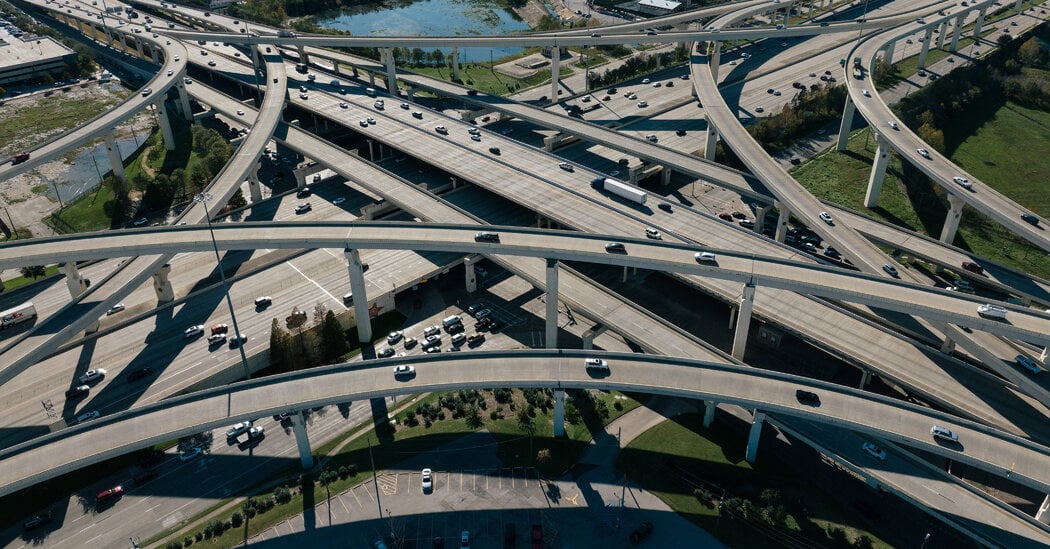- cross-posted to:
- fuckcars@lemmy.world
- cross-posted to:
- fuckcars@lemmy.world
For critics of widening projects, the prime example of induced demand is the Katy Freeway in Houston, one of the widest highways in the world with 26 lanes.
Immediately after Katy’s last expansion, in 2008, the project was hailed as a success. But within five years, peak hour travel times on the freeway were longer than before the expansion.
Matt Turner, an economics professor at Brown University and co-author of the 2009 study on congestion, said adding lanes is a fine solution if the goal is to get more cars on the road. But most highway expansion projects, including those in progress in Texas, cite reducing traffic as a primary goal.
“If you keep adding lanes because you want to reduce traffic congestion, you have to be really determined not to learn from history,” Dr. Turner said.



If I had to guess (and this is definitely a guess), it’s that Japan is cheap … for the population density compared to other major cities across the world. So, cheap compared to places that still look like a ripoff to anyone living rural.
Or comparing square footage. Japanese people are far more space efficient than dumbass McMansions.
If you have to make apartments shoebox sized so people can afford it, that’s not a sign that it’s affordable. Also, there is normal sized housing in suburbs / rural areas there. It’s like they will choose to live like humans given the chance, and not sardines in a can.
Would you rather have a shoe box or hundreds of homeless people in every city?
Besides, no one is saying they HAVE to be small here. Japan has a much, much higher density to support.
That’s a false dichotomy. I want affordable housing everywhere. How about that?
Texas is around 700000 sq km with 30 million people, whereas Japan is 400000 sq km with 125 million people. The demands for space are very different between the two places and their respective urban areas. Costs are always higher in dense cities, but the links up above seem to suggest that they haven’t ballooned as much in Japan. Space constraints of urban regions will also obviously lead to less space per person, for those who want to live there. With finite space, you have to compromise on size or on cost. I think the poster above is simply stating that fact with the “homeless or small space” dichotomy, though I think that is maybe a bit hyperbolic.